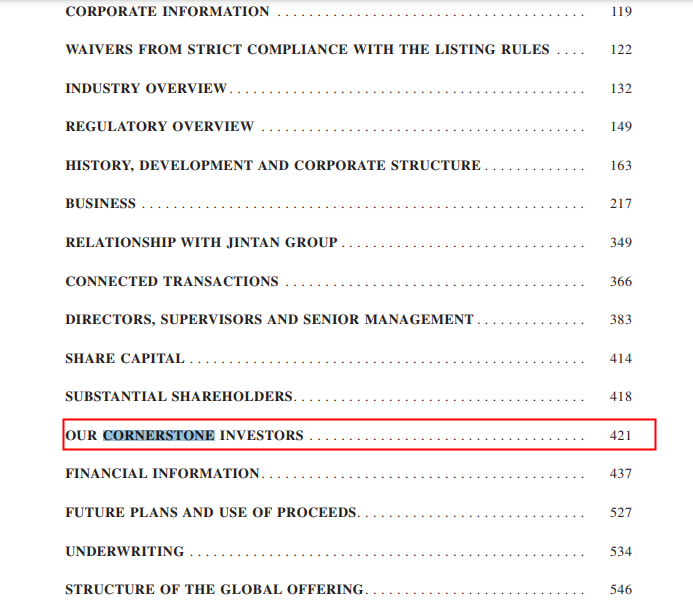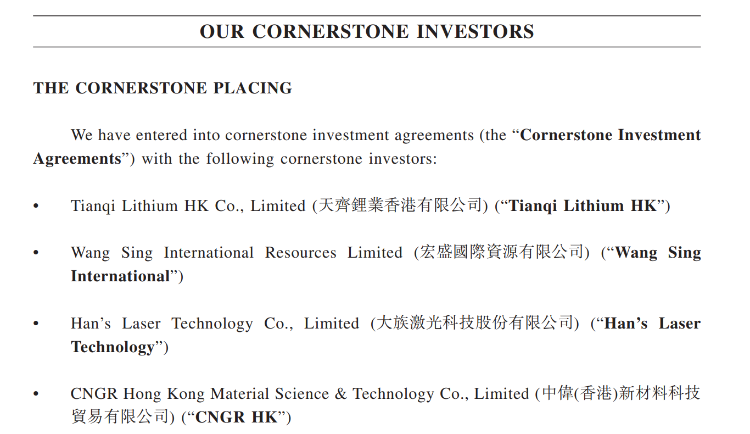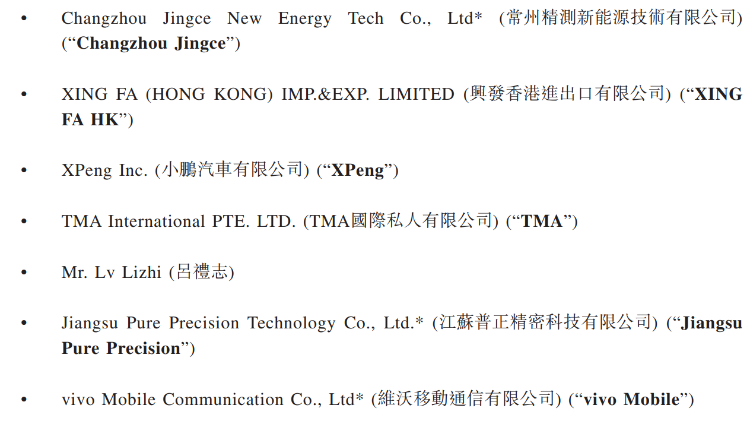Hong Kong IPO Jargon - All Included
Let’s dive into the terminology of the vibrant Hong Kong IPO market and navigate the exciting world of greenshoe options, cornerstone investors, grey market trading and more. With the launch of HK IPO subscription on M+ Global, now’s the time to empower yourself with knowledge and embark on your journey towards investment success!
1. Green shoes option
Key takeaway:
A greenshoe option is an over-allotment option in the context of an IPO.
A greenshoe option was first used by the Green Shoe Manufacturing Company (now part of Wolverine World Wide, Inc.)
Greenshoe options typically allow underwriters to sell up to 15% more shares than the original issue amount.
Greenshoe options provide price stability and liquidity.
Greenshoe options provide buying power to cover short positions if prices fall, without the risk of having to buy shares if the price rises.
The greenshoe option, also known as the over-allotment option, is a provision commonly used in an IPO to stabilize and support the trading price of newly issued shares.
A greenshoe option typically allows underwriters to sell up to 15% more shares than the original amount set by the issuer for up to 30 days after the IPO. For example, if a company instructs its underwriters to sell 200 million shares, the underwriters can issue an additional 30 million shares by exercising a greenshoe option (200 million shares x 15%). If there is a strong demand for the stock, the underwriters have strong incentive to exercise the greenshoe option and make their commission as large as possible. By increasing the supply of shares in the open market, the greenshoe option helps meet the demand for the stock and can potentially stabilize or support the stock price.
In the case of a new stock offering “break issue”, the lead underwriter may choose to forgo the exercise of the greenshoe option. Instead, they may use their own funds to buy back 15% of the shares in the secondary market at a discounted price and offer them to oversubscribed investors at the original IPO price. With this approach, the lead underwriter aims to increase market demand, stabilize the stock price, and prevent a significant decline. They also profit from the price difference between the IPO price and the market price multiplied by the number of shares alloted.
Generally speaking, the “break issue” will cause great damage to the reputation and interests of both listed companies and underwriters. When determining the offering price, both parties will try to avoid breaking issues. Therefore, in most cases, the greenshoe option helps the underwriters gain excess returns.
The greenshoe option is named after the company Green Shoe Manufacturing, which was the first to use this provision in an IPO in the 1960s. It has since become a common practice in IPOs globally, helping to manage volatility and providing orderly market conditions during the initial trading period of a newly listed stock.

According to statistics, from 2018 to 2019, nearly half of the companies in the Hong Kong market have adopted the greenshoe option. For instance, JD.com and NetEase both exercised this mechanism when they listed their H-share IPOs on the Hong Kong Stock Exchange. And based on the closing price of JD.com's US ADR transaction in 2020, the basic issue size of JD's Hong Kong IPO was about US$ 3.9 billion, and the post-greenshoe was about US$ 4.5 billion (a 15% increase over the original).
2. Cornerstone investors
Cornerstone investors in Hong Kong IPOs refer to a group of pre-selected, strategic investors who commit to purchasing a significant portion of the IPO shares before the public offering. These investors are typically institutions, sovereign wealth funds, or high-net-worth individuals with a long-term interest in the company going public.
The purpose of having cornerstone investors is to enhance the success and stability of the IPO. An IPO that has well-known cornerstone investors means a good deal for common investors, as it can be perceived as more trusted and friendly. By securing commitments from reputable and influential investors, the company can demonstrate confidence in its offering to other potential investors. Cornerstone investors also provide a level of stability to the share price, as their long-term commitment discourages short-term speculative trading.
For a global offering, you can search for the company's cornerstone investors on its listing documents. Below is an example of the prospectus of a company with cornerstone investors. Most of the 15 cornerstone investors are inextricably linked with the target company in the same industry, are upstream and downstream enterprises in the industrial chain, or have equity, project cooperation, or involvement in the new energy industry.



In Hong Kong, the regulatory framework allows for a maximum of 10% of the offering size to be alloted to cornerstone investors. This allotment is typically agreed upon through negotiations between the company and potential cornerstone investors, taking into consideration factors such as the investor's size, reputation, and strategic value to the company. The lock-up period is from 6 months to 12 months.
3. Grey market trading
The grey market is an over-the-counter market. In Hong Kong, it is generally conducted for pre-listing transactions of an IPO and carried out after the closing of the trading day before the IPO is listed. Hong Kong stock trading is matched through the Hong Kong Stock Exchange system during trading hours. However, grey market transactions go through the internal system, which is provided by some securities companies for quotation matching, instead of the Hong Kong Stock Exchange.

4. Margin financing (HK saying: Ma Zhan)
Margin financing refers to the use of financing funds provided by securities companies and banks for IPO subscription, which means subscription with leverage. Different securities companies provide different leverages for IPOs. In the HK market, banks and securities companies provide financing services to investors.
Investors who have opened a margin account can subscribe to margin financing in stock trading, with a higher opportunity to increase profits. The financing leverage and amount supported by each new stock is different.
As an example, the IPO price for Angelalign Tech (6699. HK) is HKD 35,000, but you only have HKD 3,500 in your account. Now, you can apply for 10 times leverage and get HKD 35,000 (HKD 3,500 x 10 = HKD 35,000) to subscribe to this IPO. The higher the IPO subscription amount, the greater the probability of allotment. But remember, this excludes financing interest and fees.
Under normal circumstances, securities companies or banks will charge a certain amount of interest for providing these services to investors. With that said, you can also invest in stocks with a small amount of money.